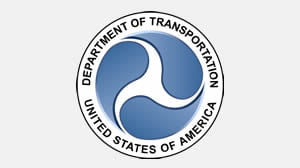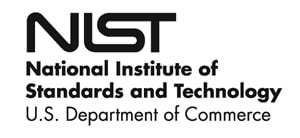U.S. National Science Foundation
Directorate for Biological Sciences
Directorate for Computer and Information Science and Engineering
Directorate for STEM Education
Division of Graduate Education
Directorate for Engineering
Directorate for Geosciences
Directorate for Mathematical and Physical Sciences
Directorate for Social, Behavioral and Economic Sciences
Directorate for Technology, Innovation and Partnerships
Office of Integrative Activities
Office of International Science and Engineering
Application Deadline(s) (received by 5 p.m. local time of applicant’s mailing address):
November 10, 2025
Life Sciences
November 12, 2025
Computer and Information Science and Engineering; Materials Research; Psychology; Social, Behavioral and Economic Sciences; STEM Education and Learning
November 13, 2025
Engineering
November 14, 2025
Chemistry; Geosciences; Mathematical Sciences; Physics and Astronomy Table Of Contents
Summary of Program Requirements
Introduction Program Description Award Information Eligibility Information Proposal Preparation and Submission Instructions Proposal Preparation Instructions Budgetary Information Due Dates Research.gov/Grants.gov Requirements NSF Proposal Processing and Review Procedures Merit Review Principles and Criteria Review and



